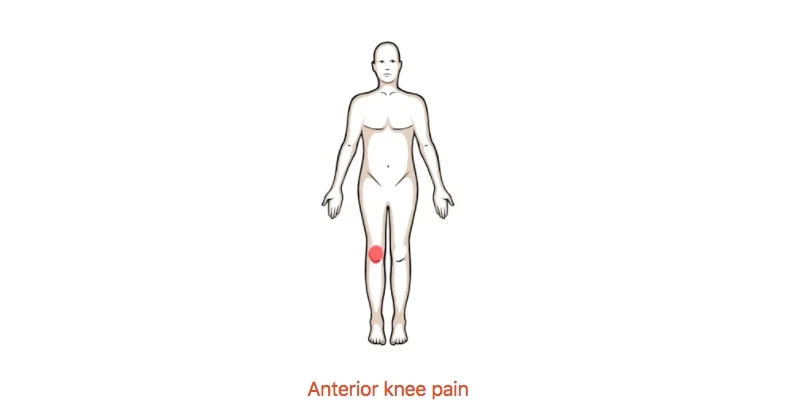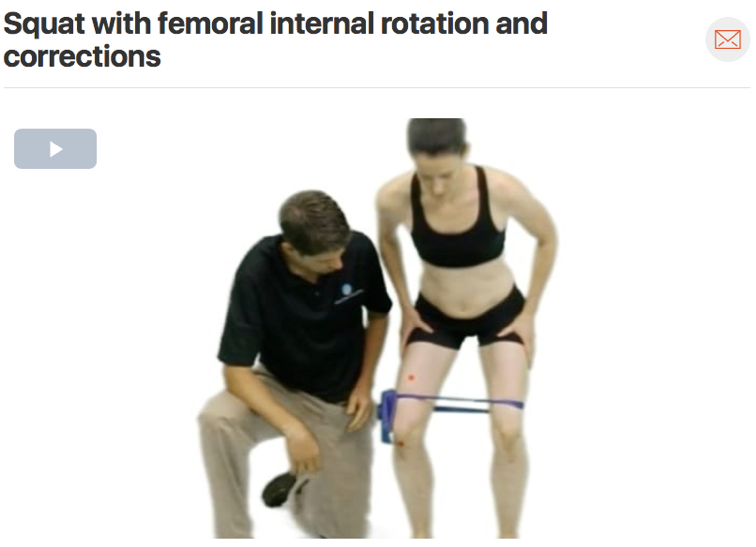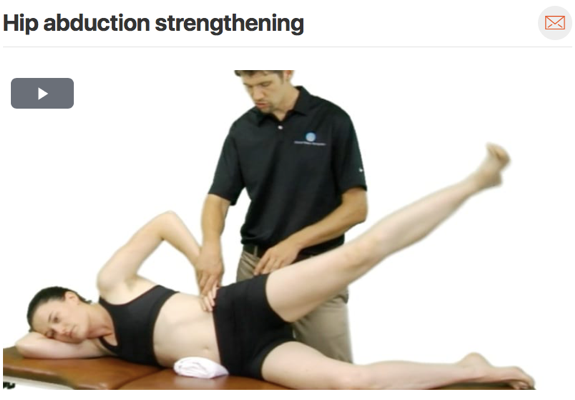Knee Pain with Mobility Deficits
Medial or lateral meniscus pathologies can present with pain planting and twisting during sporting activities or locking and clicking during gait. Meniscus tears are commonly caused by either hyperflexion or hyperextension injuries. They also can present due to degenerative changes over time. Look below for some things to consider!
If you do not know the common clinical findings no problem! Click here
Anatomy
Image via Complete Anatomy 2018 by 3D4 Medical
Special Tests
Thessalys test is a specific test to rule in meniscal pathology. It is more specific for both medial and lateral meniscus compared to McMurry’s test. When in doubt, use Thessaly’s to assess if your patient has a meniscal pathology! (Click image to watch 1-2 minute video)
Treatment
Restoring knee ROM is key in patients who present with this issue. It is important to gain full knee extension before you start to work on knee flexion. This is because humans need 0-5 degrees of knee extension to walk with proper gait mechanics. Ensure your patient has full knee range of motion before working on strengthening and other higher level activities.
Therapeutic Exercise
It is important to choose a home exercise for your patient that matches the treatment given. In this instance, we chose to work on knee extension. The above stretch focuses on helping the patient gain full extension of the knee. Once full range of motion of the knee has been achieved it is important to work on strengthening and higher level activities. (Click image to watch 1-2 minute video)


































